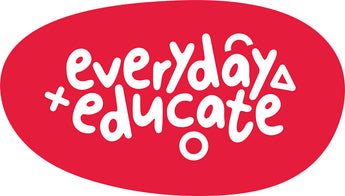Sensory toys are toys that engage the senses, such as toys that light up, make noise, or have textured surfaces. These types of toys can be particularly helpful for children with autism, as they may have sensory processing disorders or may seek sensory input to regulate their bodies and focus on tasks.
Here are the 10 best sensory toys and gifts for children with autism:
-
Light-up toys: These toys emit light and can be visually stimulating for children who are seeking sensory input. Examples include light-up balls, light-up toys that make noise, and light-up bouncy balls.

-
Textured toys: These toys have different textures and may be helpful for children who are seeking sensory input through touch. Examples include textured balls, textured play mats, and textured toy animals.
-
Noise-making toys: These toys make noise when activated and may be helpful for children who are seeking sensory input through sound. Examples include musical toys, toys that make animal noises, and toys that make other sounds.
-
Vibrating toys: These toys vibrate when activated and may be helpful for children who are seeking sensory input through touch. Examples include vibrating balls, vibrating stuffed animals, and vibrating toys that make noise.
-
Aromatherapy toys: These toys emit a pleasant aroma when activated and may be helpful for children who are seeking sensory input through smell. Examples include aromatherapy stuffed animals and aromatherapy toys that make noise or have other features.
-
Weighted toys: These toys have added weight and may provide a sense of pressure or comfort to children who are seeking sensory input through touch. Examples include weighted blankets, weighted stuffed animals, and weighted lap pads.
-
Sensory bottles: These bottles contain small objects or materials that can be manipulated and provide sensory input. Examples include bottles filled with water and glitter, bottles filled with colored rice or beans, and bottles filled with small toys or figurines.
-
Sensory balls: These balls have different textures, patterns, or features that provide sensory input. Examples include textured balls, balls with raised bumps or ridges, and balls that make noise.

-
Sensory play dough: This play dough has added sensory elements, such as glitter or scents, that provide additional sensory input.
-
Sensory room equipment: Sensory room equipment, such as swings, bouncy chairs, and sensory walls, can provide a variety of sensory input and can be a great addition to a child's therapy or play space.
Got any favorites? Drop them in the comments section and write why you love them!



 Chat with Us
Chat with Us